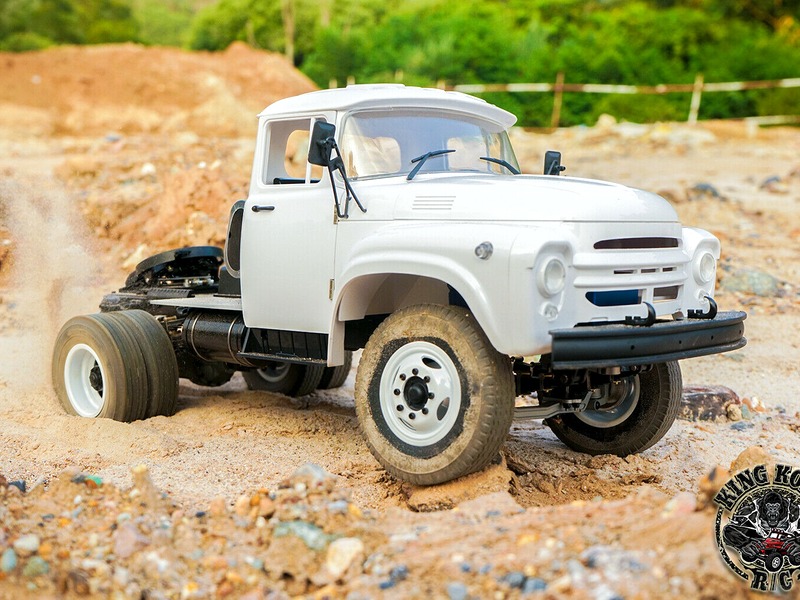Who made RC cars?

RC cars, or remote-control cars, were first developed in the late 1960s by a company called Tamiya. Tamiya was founded in 1946 in Japan and is still in business today. The company is best known for its line of plastic model kits, but it also produces a wide variety of other products, including RC cars.
The first RC car produced by Tamiya was the Grasshopper, released in 1976. This car was a 1/12 scale off-road vehicle that was powered by a small electric motor. It was a simple car, with no suspension, but it was a huge hit with hobbyists. The Grasshopper was followed by the Hornet, released in 1978. This car was a 1/10 scale off-road vehicle that featured a more advanced suspension system and a more powerful motor.
Since then, Tamiya has released dozens of different RC cars, ranging from 1/24 scale cars to 1/8 scale cars. The company has also released a variety of accessories and upgrades for its cars, including body kits, tires, and motors.
Tamiya is not the only company that produces RC cars. There are a number of other companies that make RC cars, including Traxxas, HPI Racing, and Kyosho. These companies specialize in producing cars that are more powerful and feature more advanced features than those produced by Tamiya.
In addition to the companies that produce RC cars, there are also a number of hobbyists who build their own cars. These hobbyists often use parts from different manufacturers to create their own unique cars.
Overall, RC cars have been around since the late 1960s and have become increasingly popular over the years. Tamiya was the first company to produce RC cars, and it remains one of the most popular brands today. However, there are a number of other companies that produce RC cars, as well as hobbyists who build their own cars.
Comments / Question
2. Fun: RC cars are a great way to have fun and relax.
3. Portability: RC cars are small and easy to transport.
4. Variety: There are many different types of RC cars available, so you can find one to fit your interests and budget.
5. Customization: RC cars can be customized with different parts and accessories.
6. Social: RC cars are a great way to meet other enthusiasts and join a community.
7. Educational: RC cars can help teach children and adults about engineering, physics, and electronics.

